当日発送について
以下の条件に該当するご注文を当日配送いたします。
・平日(営業日)の12時までにご注文が完了。
・ご注文いただいた商品の在庫がすべてある場合。
・お支払方法がクレジットカード決済か代引きの場合。
※受注状況や確認事項の有無などにより、お時間をいただく場合がございます。
※12時以降のご注文は最短で発送いたします。
定休日のご案内
土日祝日、お盆、年末年始などは出荷業務をお休みいたします。
Now Loading...
以下の条件に該当するご注文を当日配送いたします。
・平日(営業日)の12時までにご注文が完了。
・ご注文いただいた商品の在庫がすべてある場合。
・お支払方法がクレジットカード決済か代引きの場合。
※受注状況や確認事項の有無などにより、お時間をいただく場合がございます。
※12時以降のご注文は最短で発送いたします。
土日祝日、お盆、年末年始などは出荷業務をお休みいたします。
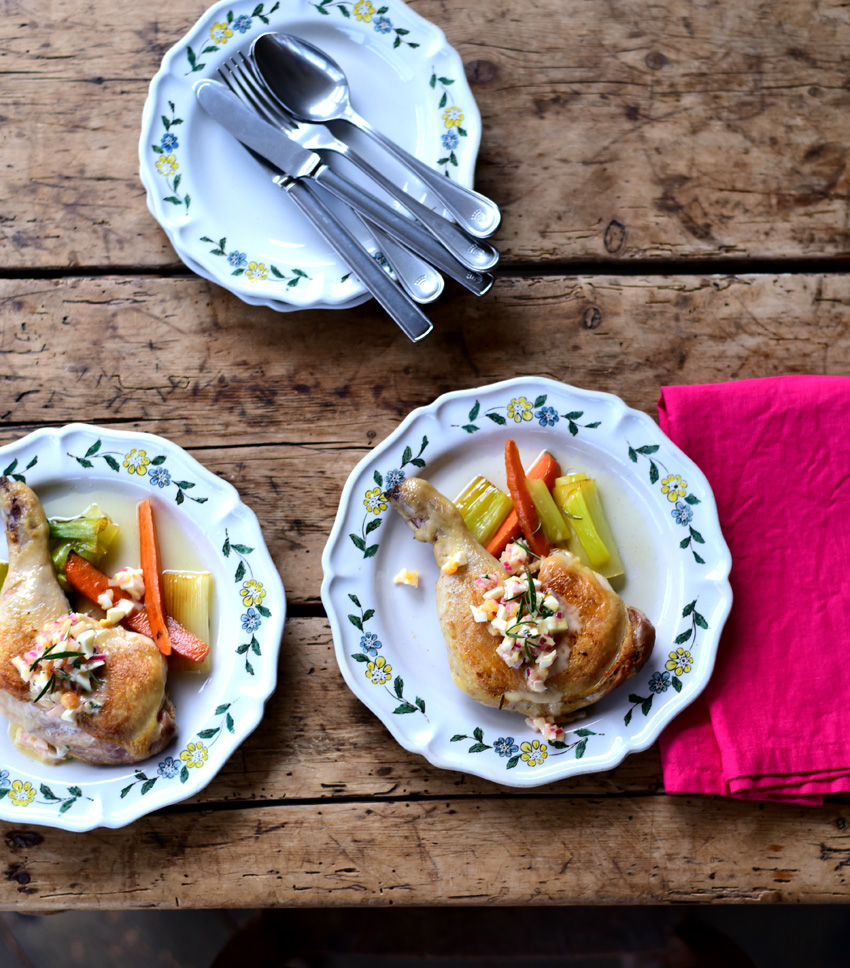
黄色や緑、青などの顔料を使っておおらかな植物柄の絵を施したシリーズ。
フランスの名窯で古くから作られているようなヴィンテージテイストを感じさせるような雰囲気です。
フランス料理は高級なイメージが強いですが、各地の文化や風土に根付き、素朴だけれど暮らしの中で長く愛されてきた郷土料理がたくさんあります。
そんな温かみのある料理と相性のいい器たち。
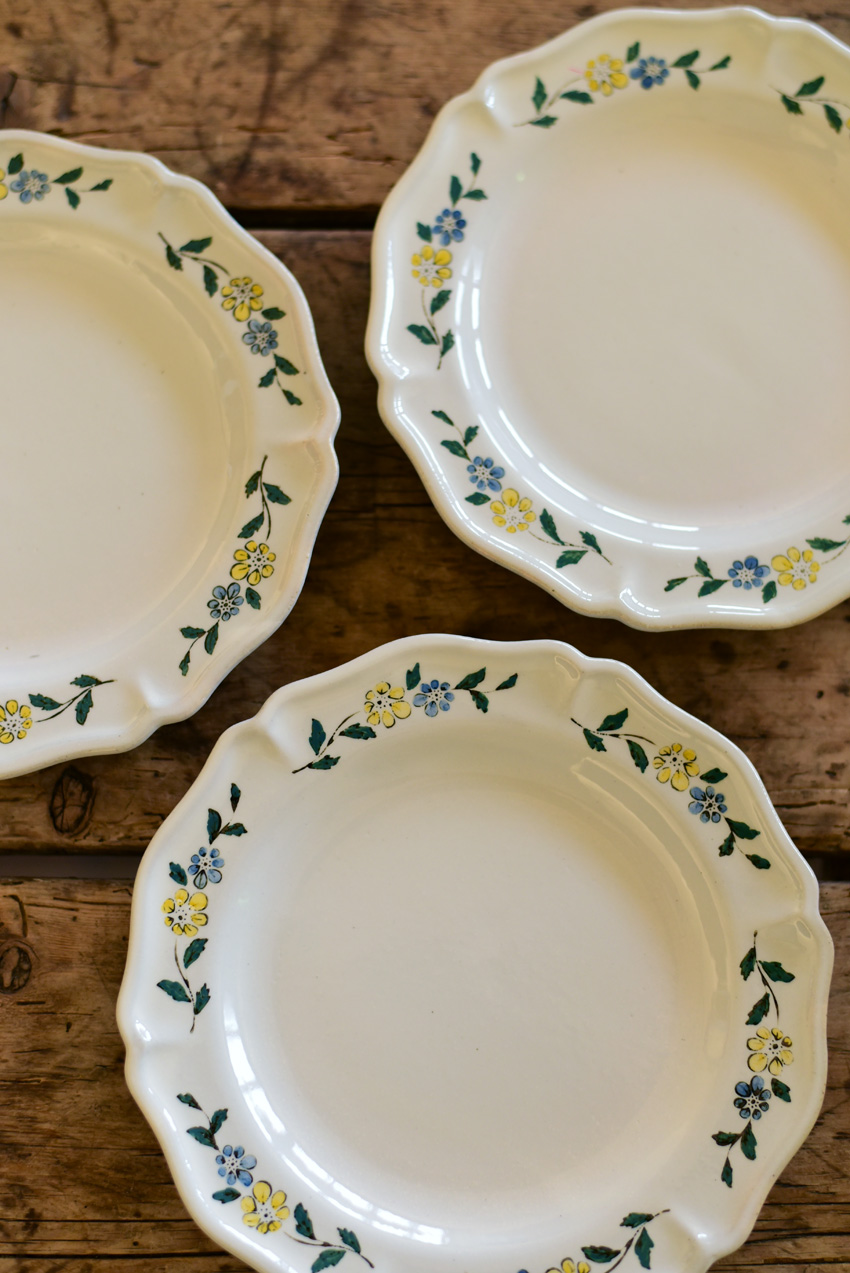
プレートやボウルの縁には植物の絵柄が一つひとつ施されています。
まずは、焦げ茶色の絵具で図柄の輪郭となる部分を判子で押していきます。
そこに花びらや葉の部分に筆で色をつけています。
判子のかすれや濃淡、筆運びの後など一つとして同じものはなく、絵付け職人の息遣いが感じられます。
ひらひらした花型の形状と器の回りを舞うような絵柄はシンプルな料理を盛り付けても華やかさがあり、テーブルや空間が明るくなります。
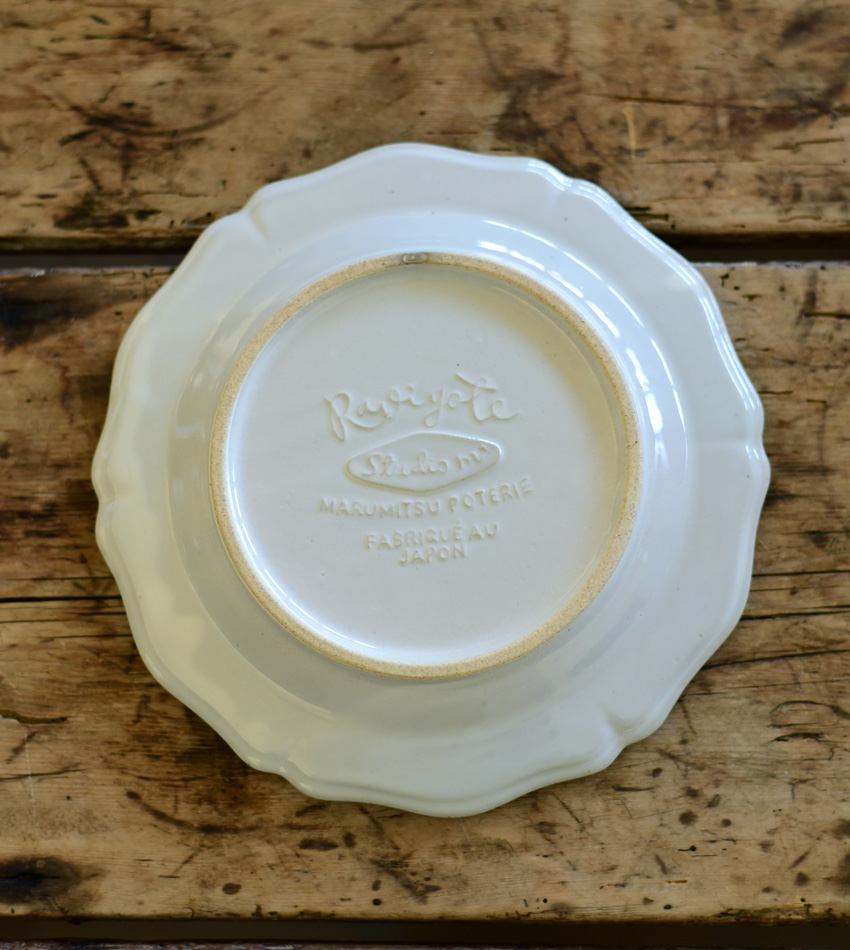
ベースとなる素地は少し黄みがかった土で、そこに白化粧を施しています。
柔らかい風合いの土物に白い泥状の土を表面に塗ることで、より柔らかくおおらかな表情をした器になりました。
縁回りは白化粧が薄付きになって素地の黄土が透けて見えたり、皿の裏側にはぽってりとした化粧だまりができたり、均一にならない豊かな表情を見せてくれます。
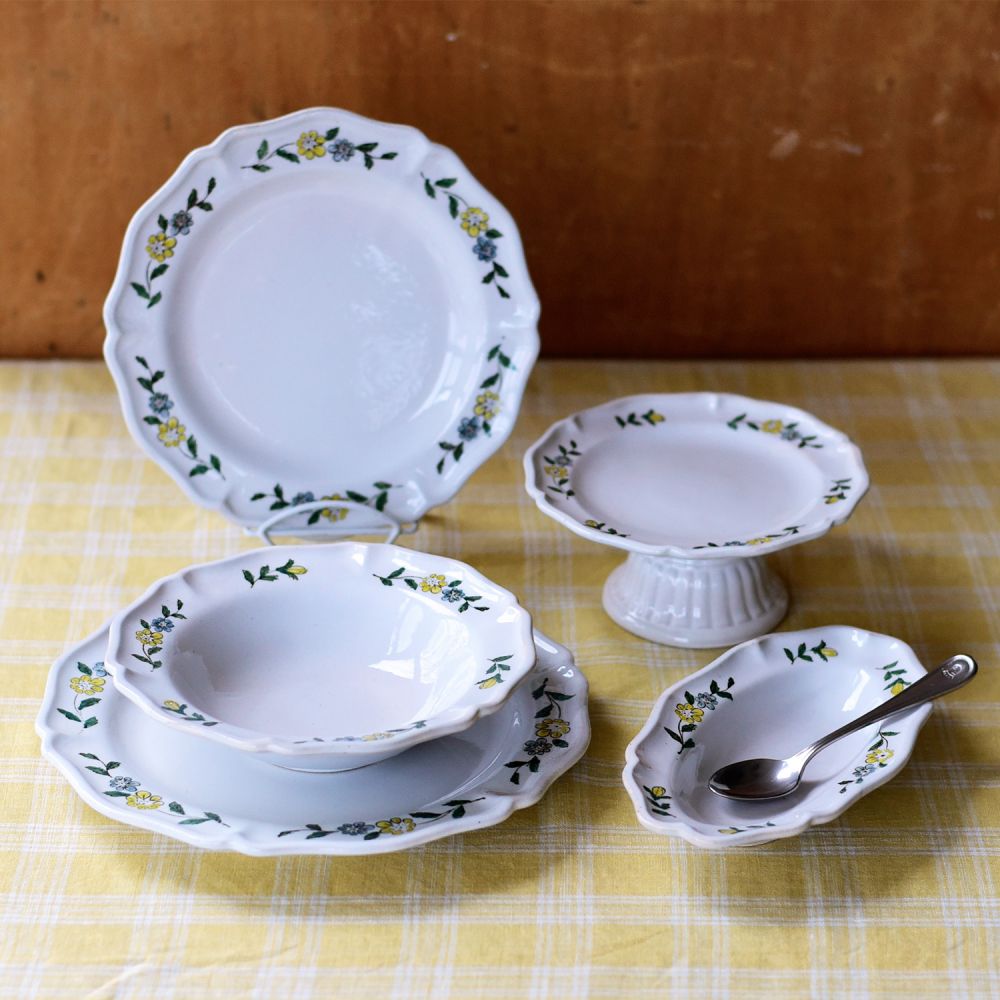
計5アイテムのシリーズ。
240プレートはメインプレート、200プレートはケーキや前菜を、
180ボウルはスープや煮込み料理、サラダボール、オーバルボウルは惣菜、ナッツやソース、
ジャム入れとして、ミニコンポートは小菓子やチーズ、ドライフルーツなどに。
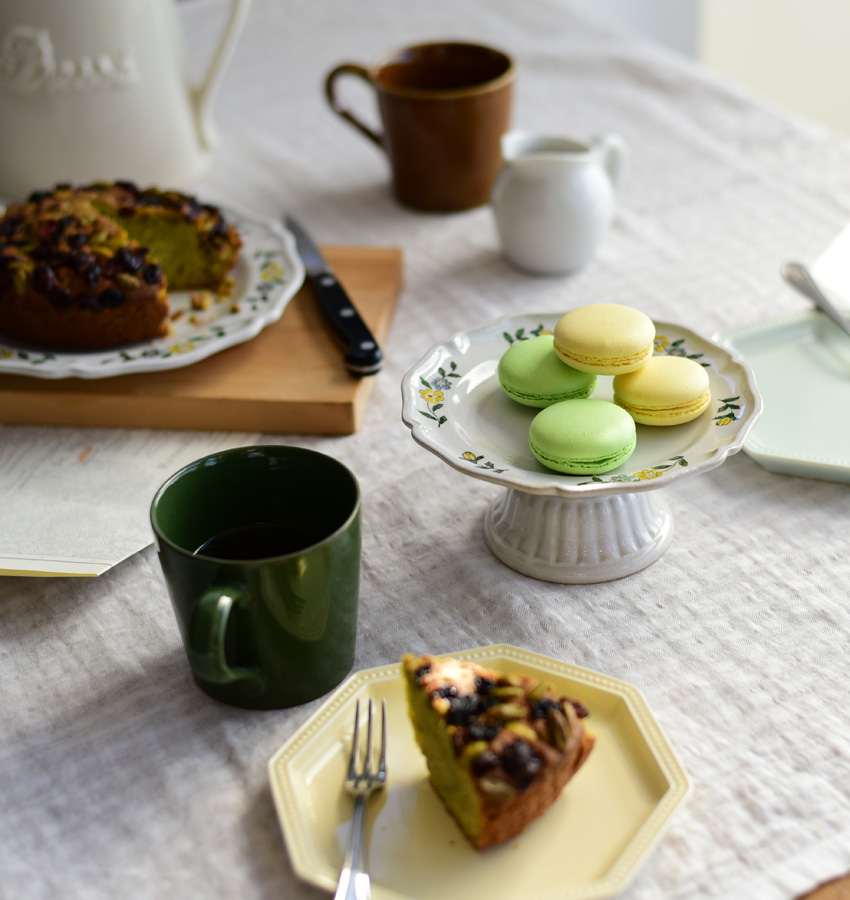
アンティーク家具や雑貨などフランスのカントリースタイルを取り入れながら
ビビットなカラーリングの器やクロスを合わせてちょっとロマンチックなコーディネートを楽しんだり、
素朴なコーディネートに華やかさのあるラヴィゴットを合わせても気分があがります。
いつもとは違うテイストで食事をするのも楽しいですね。